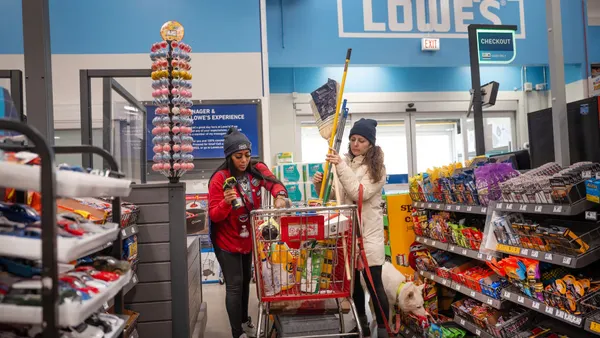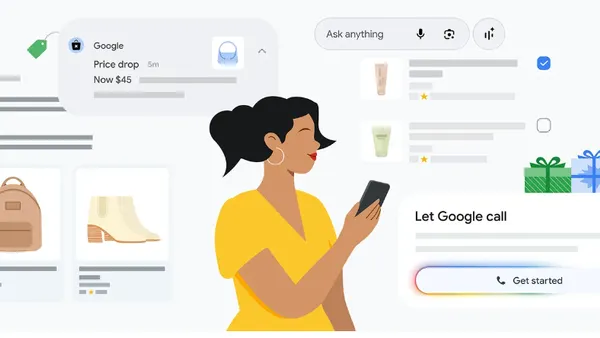Dive Brief:
- Even though 94% of executives say CX drives business success, 93% agree that their digital experiences need improvement, according to a survey of 800 C-level leaders released Thursday by WSJ Intelligence and Code and Theory.
- Several impediments to digital CX transformation stood out, with 49% of respondents citing leadership misalignment, 44% citing creative talent shortages and 43% citing organizational silos.
- Leaders need to create a sense of urgency to get other executives on board with their CX plans, according to Dan Gardner, co-founder of Code and Theory. The cost of falling behind is hard to measure, but it’s key to acknowledge how poor CX can lead to long-term threats like higher acquisition costs and reduced customer lifetime value.
Dive Insight:
Digital CX is in a transformative state, but it isn’t always easy to earn buy-in from other stakeholders.
AI exacerbates that challenge, with three-quarters of executives saying they are behind on the AI transformation. Another 4 in 5 see competitive risk in deprioritizing AI for CX.
“Executives face a challenge: In order to build trust with the CFO, they need a short-term plan proving that investments in AI to power CX will deliver value,” Gardner said in an email. “AI hasn’t yet materially delivered the value promised, so small early wins are needed to build that trust and create allocations for revenue-driving rather than purely cost-saving initiatives.”
The only KPI companies are using to measure AI success seems to be efficiency, according to Gardner. This is a comfort zone for many leaders, but CX practitioners should be on the lookout for other ways to measure and prove the value of AI-driven experiences.
“We are at a point where the technology is now more advanced than the experiences being delivered,” Gardner said. “This means there are immense opportunities even if they can't be quantified in the same way as traditional efficiency gains.”
Building a business case for CX needs to include breaking down silos as part of the solution, according to Gardner. The modern experience requires external platforms and internal teams working together, and delivering effective CX without proper alignment is challenging.
Some companies have taken steps to break down silos and better share information across stakeholders. Verizon worked to cut through internal politics to help its CX policies shine, while Cisco calls upon its leaders to build connections across teams.
Indeed took the approach of creating a shared language around the data its teams share. This helps CX practitioners create a cohesive narrative about who the customer is and what they need from Indeed, which has helped get different departments on the same page.














